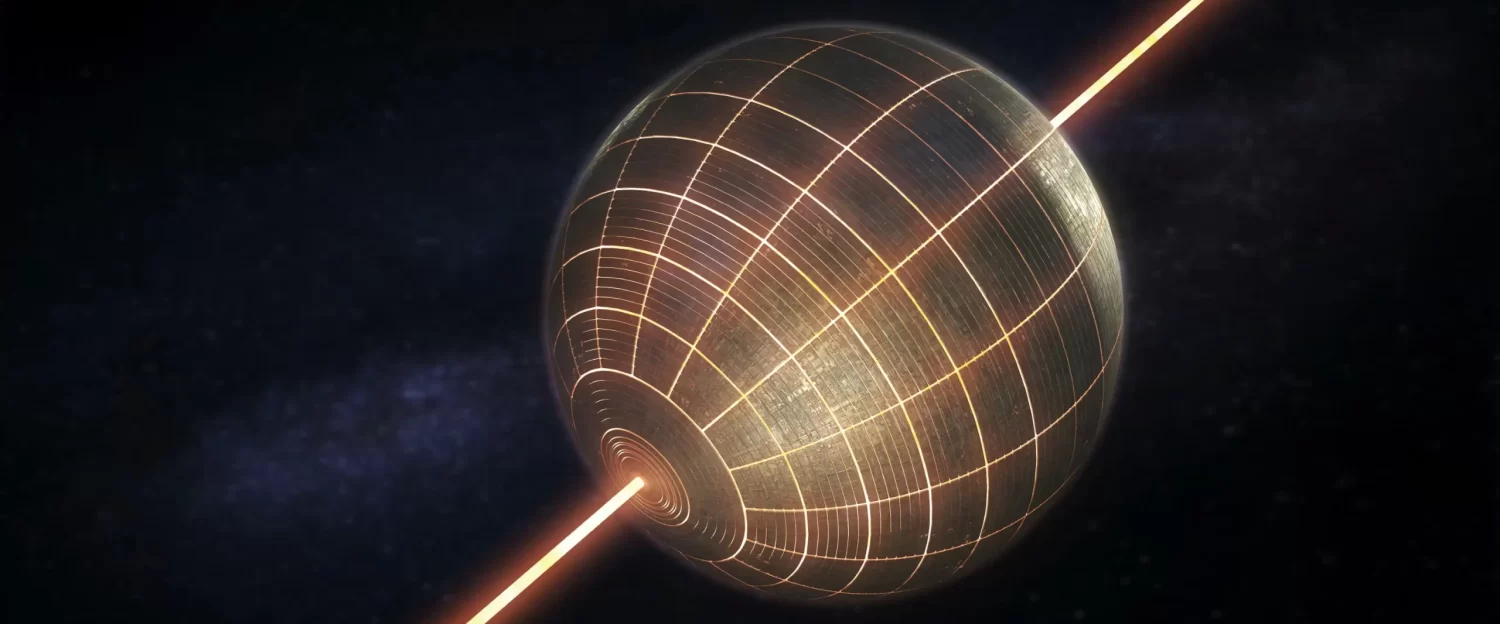We humans like to think we’re special. The first, the best, the only intelligent species to ever walk the Earth. But what if we’re wrong? What if a civilization rose, built cities, mastered technology—and then vanished long before we arrived?
Sounds like science fiction, right? But it’s an actual scientific question known as the Silurian Hypothesis.
Astrophysicist Adam Frank and NASA climate scientist Gavin Schmidt posed this unsettling thought experiment: If an industrial civilization existed millions of years ago, would we even be able to detect it today?
And here’s the kicker—maybe not. Earth is a ruthless recycler, and time erases all things. So, if an intelligent species predated us, how would we even know?
Why Would an Ancient Civilization Be Hard to Find?
If humans disappeared tomorrow, what would survive after 100 million years? Skyscrapers? Gone. Books? Dust. Even plastic, our “forever material,” would degrade beyond recognition.
Earth has a built-in delete button:
- Plate tectonics churn and recycle the crust, swallowing entire landmasses.
- Erosion, floods, and volcanic activity wipe away even the mightiest cities.
- Fossils? Rare. Almost impossibly rare. The conditions need to be just right to preserve anything.
So, if an advanced species lived long before us—millions, or even hundreds of millions of years ago—what traces would they leave behind?
The Search for Hidden Clues
Since stone buildings and metal tools won’t last, we need to think bigger.
1. Chemical Signatures in Rocks
Humans are changing Earth’s chemistry right now. We pump carbon into the air, mine rare metals, and scatter microplastics everywhere. If an ancient civilization did the same, it might have left behind:
- Carbon isotope shifts—like the kind we’re causing with fossil fuel burning.
- Unusual metal deposits—from mining, industry, or even electronics.
- Synthetic chemicals—like plastics, pesticides, or radioactive isotopes.
And guess what? Scientists have already found weird chemical spikes in Earth’s past, such as:
- The Paleocene-Eocene Thermal Maximum (~56 million years ago) – A sudden rise in carbon, almost like a prehistoric pollution event.
- The Permian-Triassic Extinction (~252 million years ago) – The worst mass extinction ever, leaving behind chemical anomalies.
Are these natural? Most likely. But if an ancient industrial civilization had existed, this is exactly the kind of footprint it might leave.
2. Could We Find Their Machines?
Metal corrodes. Electronics decay. But certain materials—like nuclear waste—stick around for millions of years.
- Plutonium-244, a byproduct of nuclear reactions, has a half-life of 80 million years.
- Some ceramics and synthetic materials could survive in the rock record.
So, if ancient beings split the atom, we might still find traces of their nuclear legacy.
Did Intelligent Dinosaurs Exist?
Let’s talk about the real elephant—or rather, the raptor—in the room.
If a civilization existed before us, who built it?
One candidate is Troodon, a small, brainy dinosaur from the Cretaceous period (~75 million years ago). It had:
- A large brain relative to its body size (a sign of intelligence).
- Forward-facing eyes (great depth perception, just like primates).
- Opposable fingers (useful for grasping objects).
Some paleontologists, like Dale Russell, even speculated that Troodon could have evolved into a humanoid-like species—sometimes called a “Dinosauroid.”
Of course, there’s zero fossil evidence that any dinosaur ever built a city, farmed land, or used tools. But considering dinosaurs dominated Earth for 150+ million years, it makes you wonder: What if they had more time?
What If the Civilization Was Underwater?
Land-based civilizations are easy to wipe off the map. But what about ocean-dwelling species?
An advanced aquatic civilization could have left traces in:
- Deep-sea sediments—if they built underwater structures.
- Strange fossil patterns—showing mass die-offs from pollution or industry.
- Metal-rich deposits—from deep-sea mining.
But here’s the problem: the ocean floor is recycled every 200 million years. So, if an intelligent species thrived before that, the evidence is long gone.
Could We Ever Prove It?
The odds aren’t great. After millions of years, civilizations vanish without a trace.
But the Silurian Hypothesis teaches us something important:
- Even our most advanced technology is temporary.
- If we don’t take care of our planet, we might vanish just as easily.
- If an ancient civilization did exist, we might never know for sure.
So, next time you dig into the Earth’s crust, think about this: Are you touching ordinary rock—or the last remnants of something we’ve long forgotten?

